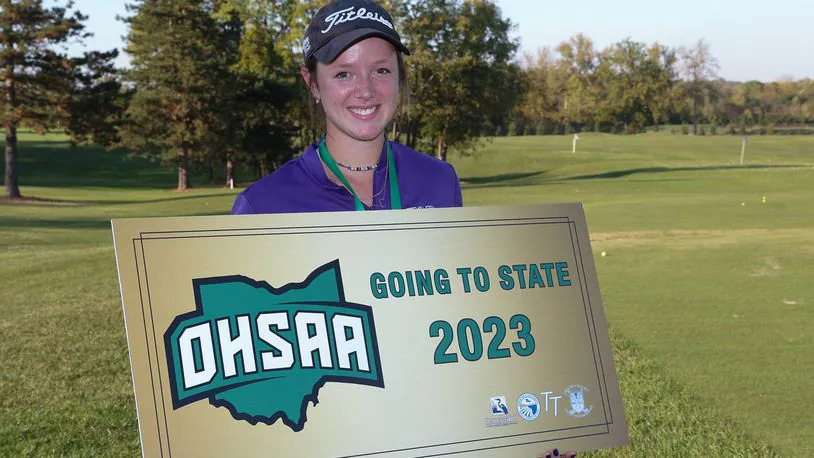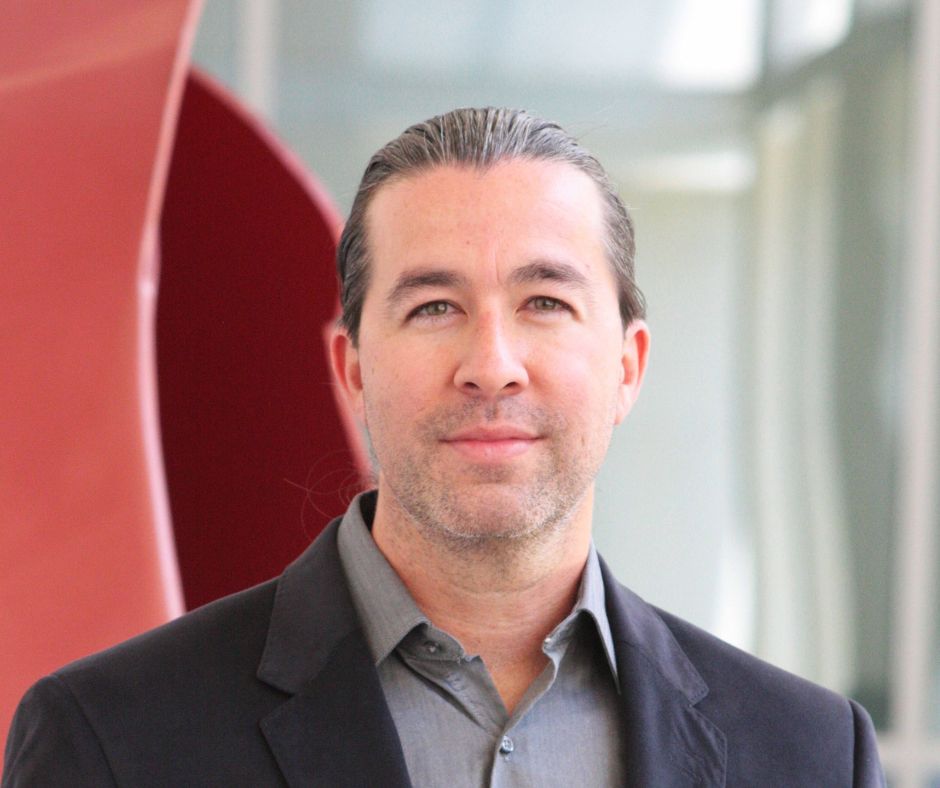Students need to care for their fellow students.
This altruistic ideal is the basis for BGSU’s Community of Care initiative, which charges every Falcon with looking out for each other.
The initiative focuses on six different categories of issues either everyone themselves, or someone they know, experiences:
Development of the initiative began last spring, BGSU’s Chief Health Officer Ben Batey said in a phone call.
Protests against systemic racism and police violence, the hazing death of BGSU student Stone Foltz and the continued struggle with the COVID-19 pandemic and its impact on mental health, highlighted the need for such a campus-wide initiative.
BGSU Media Strategist Michael Bratton, who was also on the call, clarified these issues have always been important to the university.
When it comes to the community member’s role in the initiative, there are two parts: recognizing the issue and acting on it.
For example, the Community of Care webpage provides tips on how to recognize if someone is in distress on the Mental Health and Well-being tab. It differentiates between warning signs of someone who is struggling, such as frequent crying and short term appetite loss, and signs that require immediate intervention, such as explicit statements of suicidal intentions or extreme self harm.
It then provides resources for someone who sees these warning signs, such as contacting an RA or accompanying the individual to the Counseling Center.
Most of the other tabs have similar resources and specific signs to look out for and actions to take, except for the Diversity and Inclusion and Physical Health and Wellness tabs.
The Diversity and Inclusion tab provides links to on- and off-campus resources, as well as those in surrounding communities and the region with more extensive information. It does not provide signs of a lack of diversity or inclusion, such as marginalized voices being silenced, or actions to take, such as uplifting marginalized voices.
There is a comparatively similar lack of information on the Physical Health and Wellness tab.
While this initiative specifically calls on the campus community to care for one another, Batey said the university will continue to require certain education of all students, faculty and staff, such as anti-hazing training being required of all members of a student organization. BGSU will also continue to offer optional education in these areas.
One of the Community of Care’s long-term goals is tracking metrics on related statistics, like reports through “See it. Hear it. Report it.” and the number of visits to the Counseling Center, Batey said.
Batey said as education on recognizing issues and reporting them increases, the number of reports the university receives will hopefully increase too.
“But the hope is, that over time, we start to see those reports to be at a lower level of concern because we’re getting in front of things before it reaches the point that somebody has drank too much and has to go to the hospital,” Batey said. “If people are able to step in earlier in that process, we can get to the point where we’re actually having intervention versus having to respond to issues.”
Batey also said the Community of Care is an ongoing initiative, with modifications as needed, and will eventually feature a regular newsletter with further information on the various topics.
Much like the initiative’s goal, the team behind it spans people and departments across campus.
Including himself, Batey named people such as Dean of Students Chris Bullins and Chief Diversity and Belonging Officer Jennifer McCary for the roles they played in developing the initiative. Along with their respective departments, Batey cited the Wellness Connection and the Fraternity and Sorority Life Office, among others, as part of the ongoing action.






















